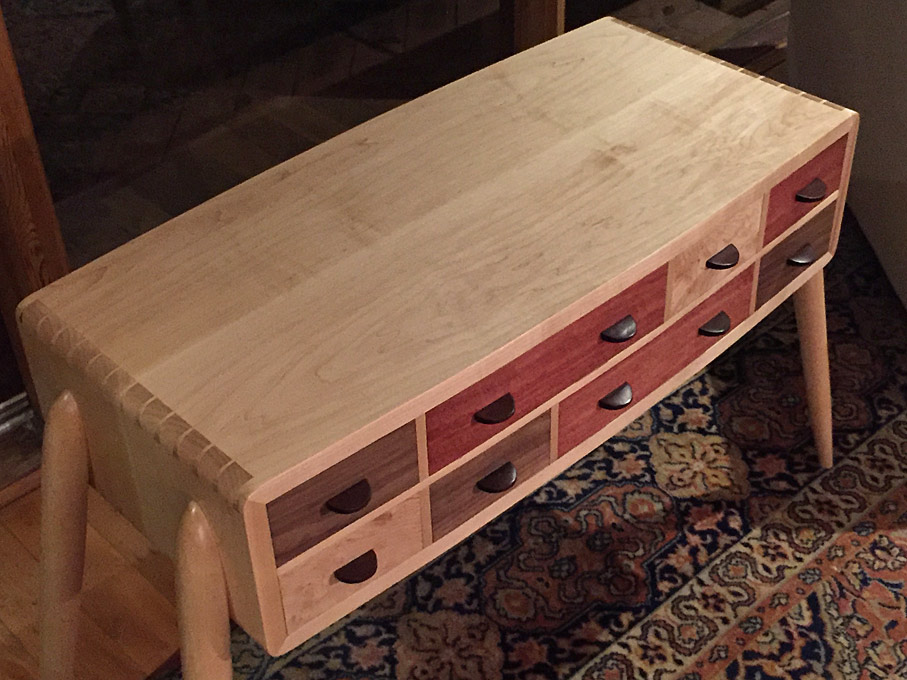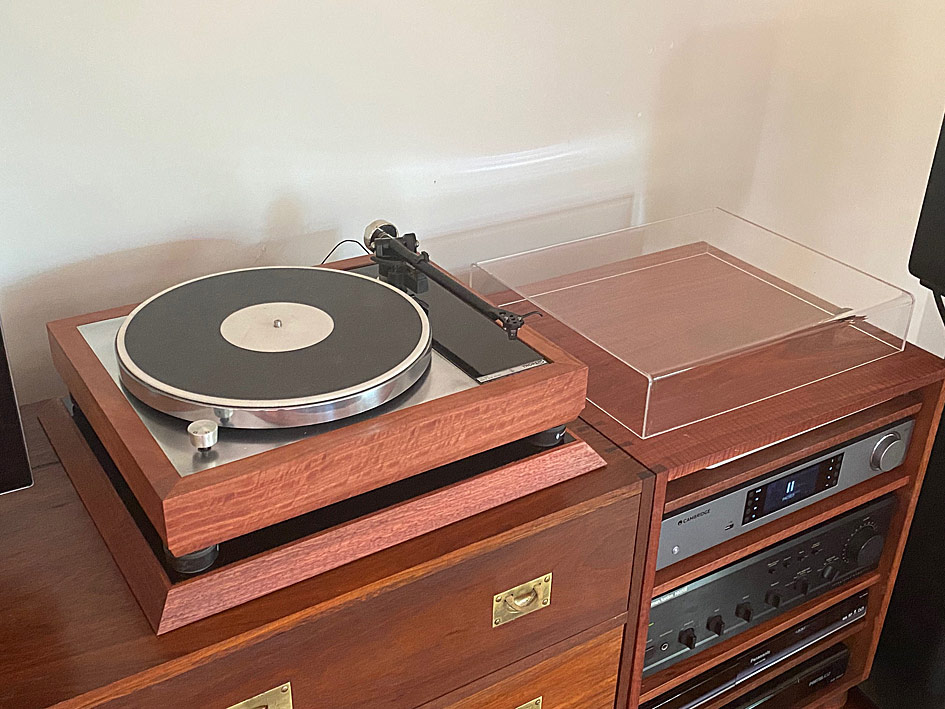Derek Cohen (Perth Oz)
Established Member
I am going to disagree with all you wrote. There are many myths about the strength of mitre joints. Here is some reliable research:
Are you sure that you shouldn't be looking at a more serious mechanical joint like a dovetail?
Mate, he is just starting out in furniture making. While you are at it, suggest mitred through dovetails
As it happens, I have done these many times. Here is one with rounded dovetails ...

The mitres of this rebuilt turntable and its base have no splines ...

Regards from Perth
Derek
Are you sure that you shouldn't be looking at a more serious mechanical joint like a dovetail?
Mate, he is just starting out in furniture making. While you are at it, suggest mitred through dovetails
As it happens, I have done these many times. Here is one with rounded dovetails ...

The mitres of this rebuilt turntable and its base have no splines ...

Regards from Perth
Derek






